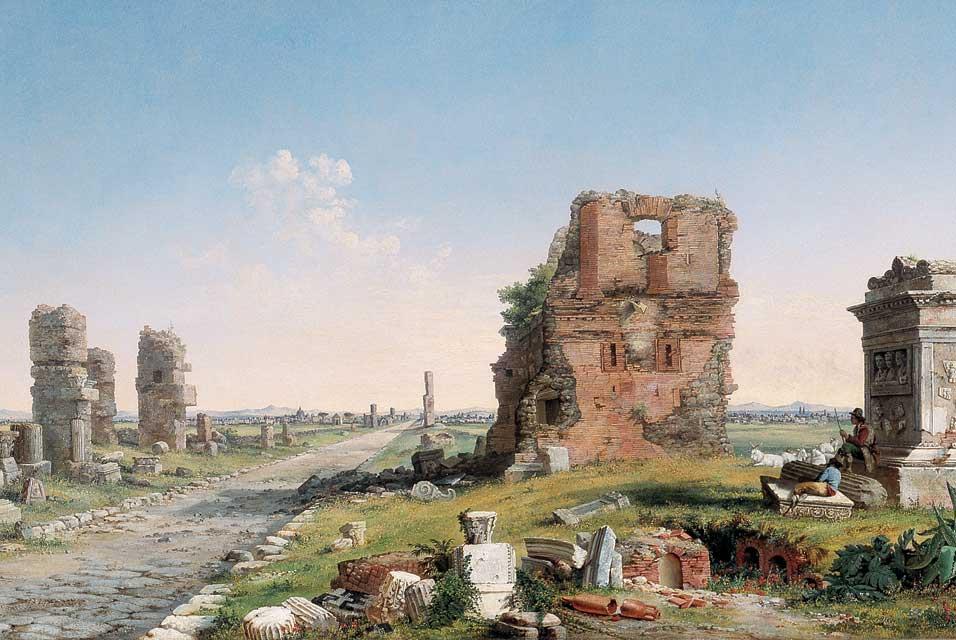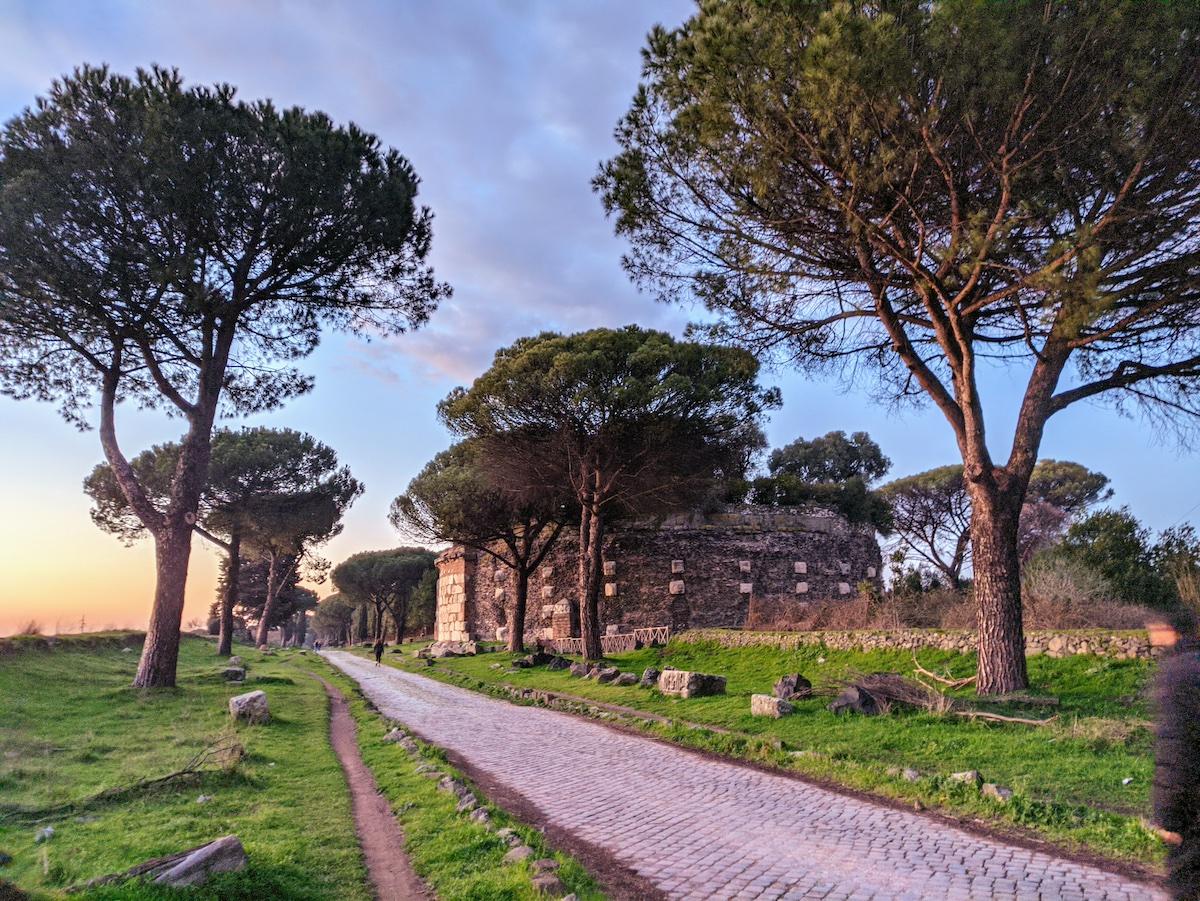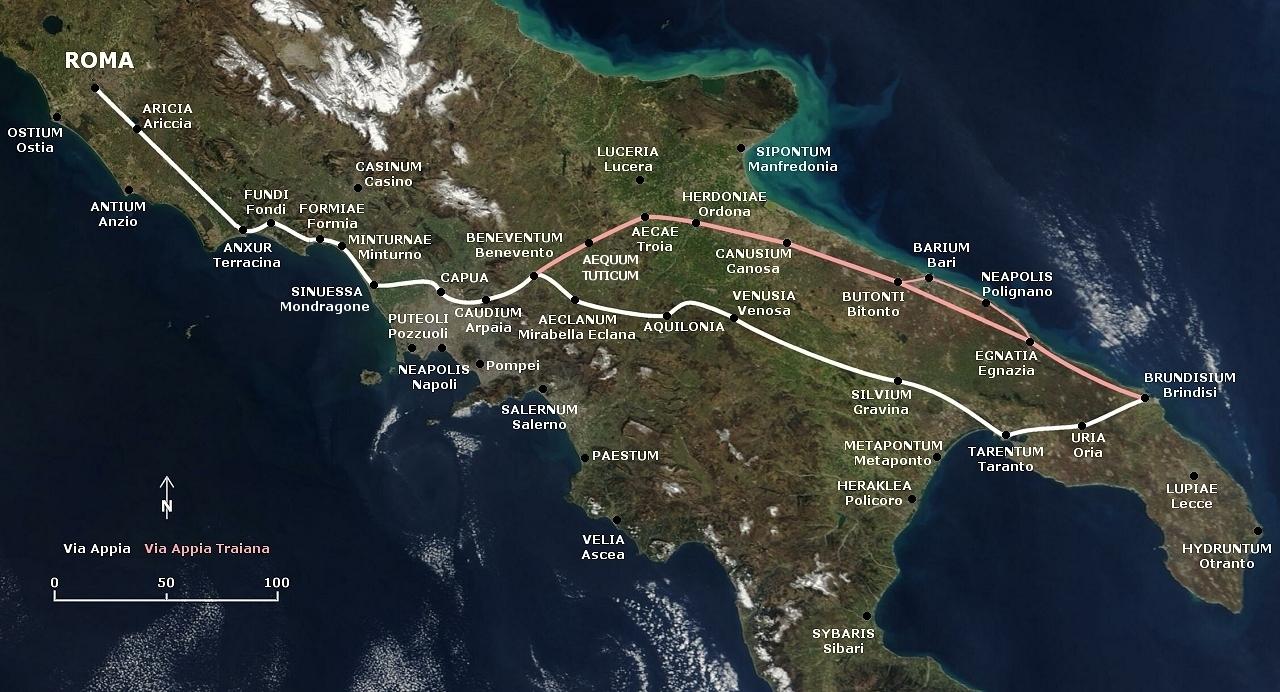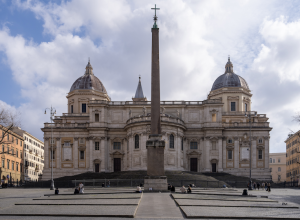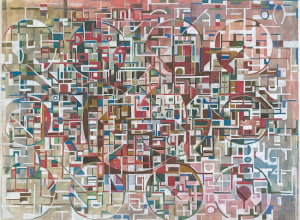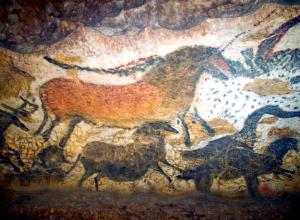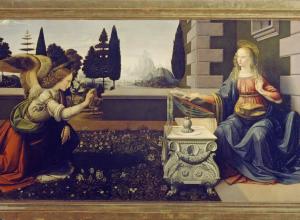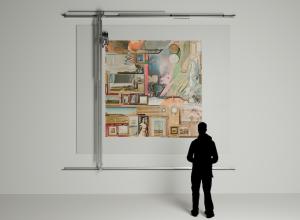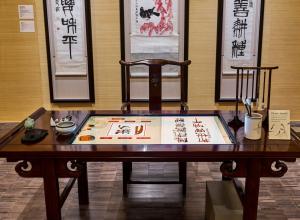The road was originally conceived of as a military necessity for the Roman army around 312 BCE during the mid-Republican period when Roman expansionism and conquest was spreading into the furthest reaches of Italy. Running more than 800 kilometers from the heart of Rome to Brundisium (modern-day Brindisi) in the heel of the Italian peninsula, the Via Appia is not only the oldest Roman road, but it is also considered the most important.
As a military route, the road enabled the swift and massive scale of the Roman army as it conquered southern Italy, improving the movement of troops and supplies, but also of critical information to and from Rome. In the years after conquest, the Via Appia facilitated a heightened level of connections between cities and settlements previously unseen on such a scale in Italy.
Other intercity roads are known to have existed in Etruria— the territory of the Etruscans north of Rome— however, none compared to the impressive length and engineering mastery that the Romans had achieved with the Via Appia.




